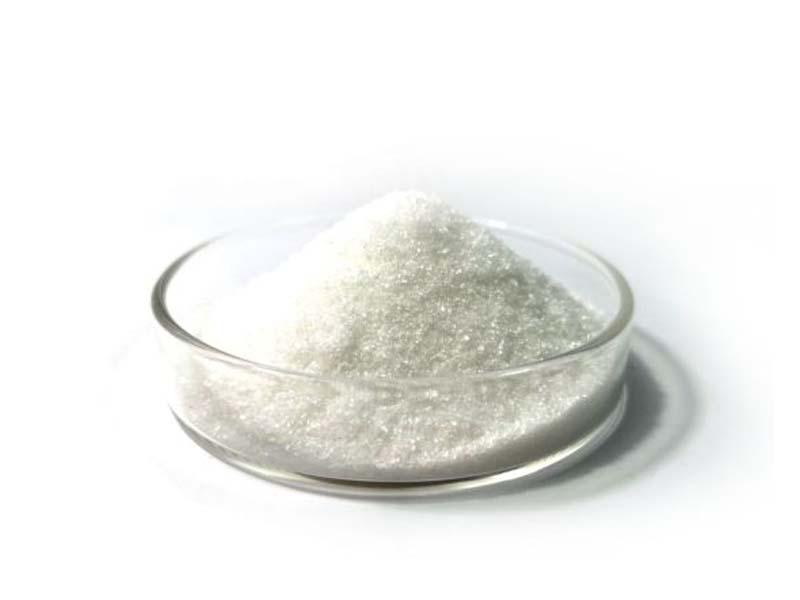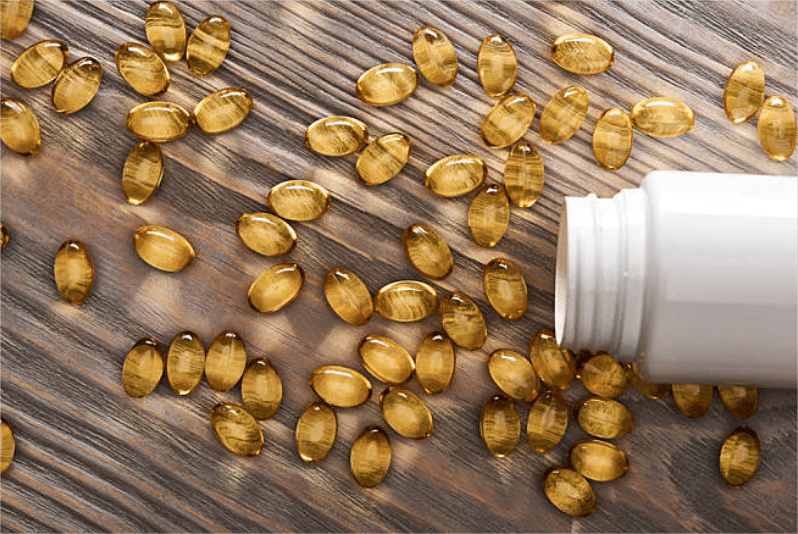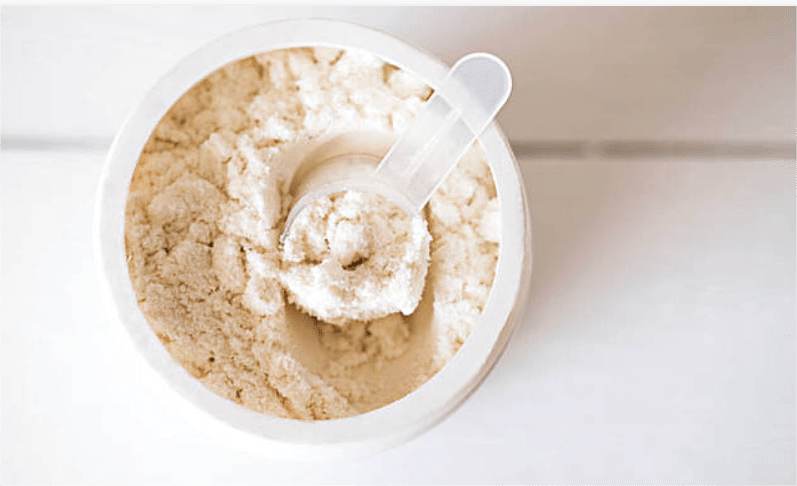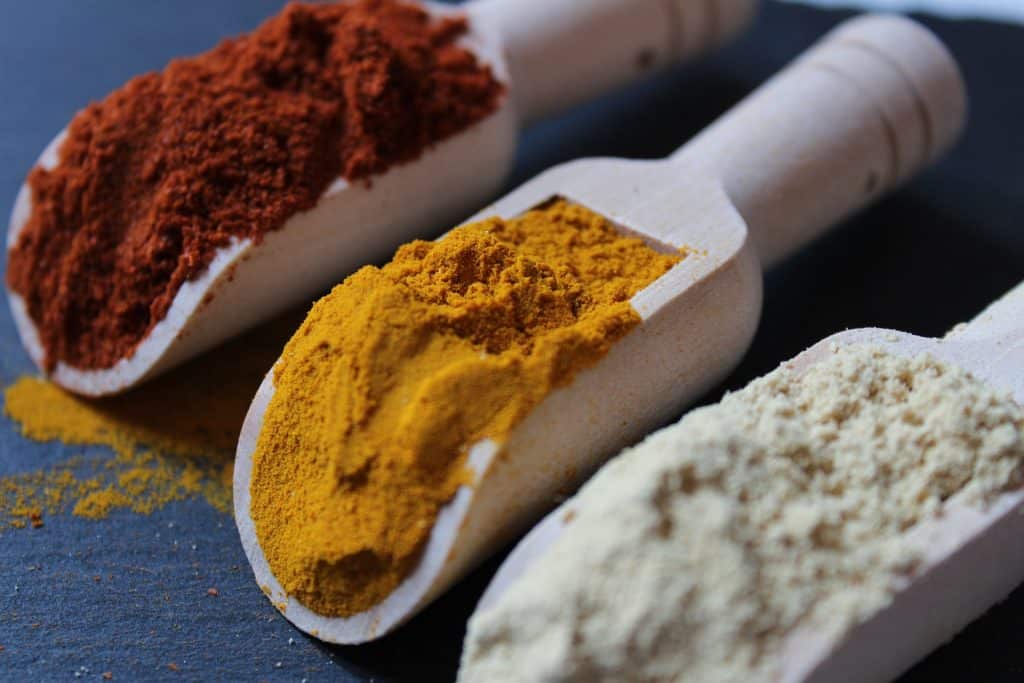What is Polydextrose ?
What is Dextrose Monohydrate ?
In food science and nutrition, various sweeteners and food additives enhance products’ taste, texture, and nutritional profile. Polydextrose and dextrose monohydrate play distinct roles in the food industry. This article provides an in-depth comparison of polydextrose and dextrose monohydrate, examining their origins, chemical properties, health benefits, applications, and potential impacts on health.

Polydextrose: Origin and Composition
Polydextrose is a synthetic carbohydrate used primarily as a low-calorie bulking agent and dietary fiber in food products. It is created through dextrose (glucose) and sorbitol polymerization, resulting in a complex structure that can mimic the properties of sugar and fiber.
1. Chemical Structure and Properties
Polydextrose is a random polymer of glucose and sorbitol with a varying degree of polymerization. Its low-calorie profile provides approximately 1 to 2 calories per gram compared to regular sugars. Polydextrose is soluble in water and has a mildly sweet taste, though it is less sweet than sucrose (table sugar). It does not significantly impact blood glucose levels, making it suitable for products aimed at people with diabetes and those managing blood sugar levels.
2. Health Benefits
Polydextrose is often included in foods for its fiber-like properties. It can contribute to digestive health by acting as a prebiotic, supporting the growth of beneficial gut bacteria. Its low-calorie content makes it an attractive option for weight management and reducing overall caloric intake. It may also help with bowel regularity and improve overall gut health.
3. Applications in Food Products
Polydextrose is used in various food products, including diet drinks, low-calorie foods, and sugar-free candies. It is a bulking agent and can help improve the texture and mouthfeel of reduced-calorie and sugar-free products. Its ability to provide bulk without significant calories makes it valuable in formulating products for weight management and diabetes control.
Dextrose Monohydrate: Origin and Composition
Dextrose, or glucose monohydrate, is a simple sugar derived from the hydrolysis of starch, usually corn. It is widely used in the food industry as a sweetener and energy source.
1. Chemical Structure and Properties
Dextrose monohydrate is a crystalline form of glucose that contains one molecule of water per molecule of glucose. It is highly soluble in water and has a sweet taste similar to sucrose. Dextrose provides approximately four calories per gram and has a high glycemic index, meaning it can cause a rapid increase in blood glucose levels. It is easily absorbed and utilized by the body for quick energy.
2. Health Benefits
Dextrose monohydrate is used in medical and sports nutrition for its rapid energy release. It can be beneficial for replenishing glycogen stores after intense exercise and in medical settings to manage low blood sugar levels. However, due to its high glycemic index, it may not be suitable for individuals with diabetes or those looking to manage blood sugar levels.
3. Applications in Food Products
Dextrose monohydrate is commonly used in various food and beverage products, including baked goods, candies, and energy drinks. It serves as a sweetener, preservative, and bulking agent. Its ability to enhance sweetness and provide quick energy makes it valuable in products aimed at athletes and those requiring rapid glucose replenishment.
Comparative Analysis: Polydextrose vs. Dextrose Monohydrate
1. Source and Production
– Polydextrose: Produced synthetically from glucose and sorbitol through polymerization. It involves a complex manufacturing process that creates a polymer with fiber-like properties.
– Dextrose Monohydrate: Derived from the hydrolysis of starch, typically corn. It is a simple sugar with a straightforward production process.
2. Caloric Content and Sweetness
– Polydextrose: Low calories (approximately 1 to 2 per gram) and less sweet than sucrose. It is used to add bulk without significantly increasing calorie content.
– Dextrose Monohydrate: Provides about four calories per gram and has a sweetness level comparable to sucrose. It is used primarily for its sweetening properties and energy provision.
3. Impact on Blood Sugar Levels
– Polydextrose: Has minimal impact on blood glucose levels due to its low glycemic index and fiber-like properties. Suitable for use in products aimed at individuals managing diabetes or blood sugar levels.
– Dextrose Monohydrate: Has a high glycemic index and can cause rapid increases in blood glucose levels. It is not ideal for individuals with diabetes or those looking to control their blood sugar levels.
4. Digestive and Health Effects
– Polydextrose: Acts as a prebiotic, promoting gut health by supporting beneficial bacteria. It also helps with bowel regularity and can improve overall digestive health. It may cause gastrointestinal discomfort in some individuals, mainly when consumed in large amounts.
– Dextrose Monohydrate: Provides quick energy but does not offer significant digestive benefits. Excessive consumption can contribute to weight gain and metabolic issues due to its impact on blood sugar levels.
5. Applications in Food Products
– Polydextrose is a bulking agent, dietary fiber source, and sugar substitute in low-calorie and sugar-free foods. It helps improve texture and mouthfeel while contributing minimal calories.
– Dextrose Monohydrate: Utilized for its sweetening and energy-providing properties in various foods and beverages. It enhances sweetness and is a quick energy source for products targeting athletic performance and energy replenishment.
Scientific Evidence and Research
1. Polydextrose
Research has demonstrated that polydextrose can positively affect gut health by acting as a prebiotic, supporting the growth of beneficial gut bacteria. Studies have also shown its potential in weight management and metabolic health due to its low-calorie and glycemic nature. Clinical trials have highlighted its benefits in improving bowel regularity and reducing appetite.
2. Dextrose Monohydrate
The efficacy of dextrose monohydrate in providing quick energy and replenishing glycogen stores is well-supported by scientific research. It is commonly used in sports nutrition for recovery and in medical settings to manage hypoglycemia. However, studies also indicate its potential drawbacks related to blood sugar spikes and metabolic concerns when consumed in excess.
Safety and Considerations
1. Polydextrose
Polydextrose is generally considered safe for most people. However, excessive consumption may lead to gastrointestinal discomfort, including bloating and gas. Individuals with specific dietary restrictions or allergies should check product labels to avoid potential allergens.
2. Dextrose Monohydrate
Dextrose monohydrate is also considered safe when consumed in moderation. However, individuals with diabetes or those monitoring their blood sugar levels should be cautious due to their high glycemic index. Excessive intake can contribute to weight gain and metabolic issues, so balancing consumption within a healthy diet is essential.
Conclusion
Polydextrose and dextrose monohydrate serve distinct roles in the food industry and offer unique benefits and applications. Polydextrose is valued for its low-calorie and fiber-like properties, making it suitable for weight management, digestive health, and blood sugar control. It is commonly used in low-calorie and sugar-free products to add bulk and improve texture without significantly increasing calorie content.
Which works better of Polydextrose and Dextrose Monohydrate?
Are Polydextrose and Dextrose Monohydrate equally effective as sweeteners?
Are Polydextrose and Dextrose Monohydrate similarly priced?
Are Polydextrose and Dextrose Monohydrate both suitable for diabetics?
Are Polydextrose and Dextrose Monohydrate equally high in calories?
Are Polydextrose and Dextrose Monohydrate both effective as bulking agents?
Are Polydextrose and Dextrose Monohydrate equally soluble in water?
Are Polydextrose and Dextrose Monohydrate both suitable for baking applications?
Are Polydextrose and Dextrose Monohydrate equally effective as energy sources?
Are Polydextrose and Dextrose Monohydrate both prebiotic fibers?
Are Polydextrose and Dextrose Monohydrate equally stable in various pH conditions?
In contrast, dextrose monohydrate provides:
- Quick energy and sweetness.
- Making it ideal for sports nutrition.
- Energy drinks.
- Products requiring rapid glucose replenishment.
In conclusion, if you are interested in purchasing or want to learn more about high quality Polydextrose and Dextrose Monohydrate raw materials, reach out to us at sales@collagensei.com. At Gensei Global Industries, we are an FDA-certified manufacturer offering ISO, HALAL, KOSHER, and MSC certifications. With warehouses in California and New York, we provide a reliable supply of raw materials, backed by third-party testing and complete certification for peace of mind. Explore our extensive product range, including OEM and ODM services, to find the right solutions for your business needs.
Its high glycemic index and caloric content mean it is less suitable for individuals managing blood sugar levels or those looking to control their calorie intake.
When choosing between polydextrose and dextrose monohydrate, considerations such as dietary goals, health conditions, and specific product applications should guide the decision. Both substances have demonstrated valuable uses in food products, enhancing taste, texture, and nutritional benefits.
As ongoing research continues to explore the full range of benefits and potential impacts of polydextrose and dextrose monohydrate, consumers and food manufacturers can make informed choices based on their needs and health goals. Both additives have proven essential in formulating various food and beverage products, each offering unique advantages for different purposes.



